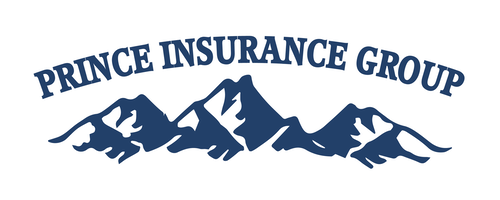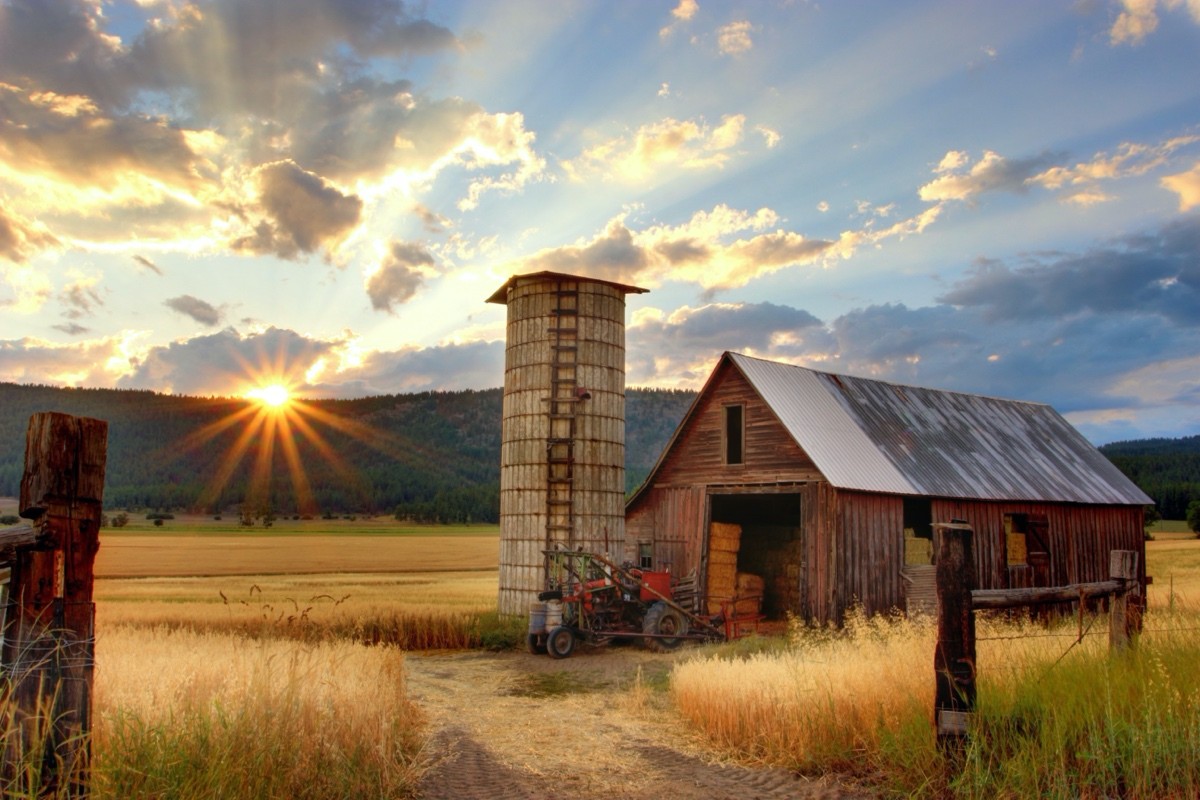For Colorado’s ranchers and farmers, livestock is a vital asset. Protecting this investment against unforeseen events is crucial, and that’s where Farm Livestock Insurance comes in. For informed choices, though, it’s important to grasp the factors that drive the price of this insurance.
Assessing Risk and Determining Farm Livestock Insurance Coverage Levels

The size, type, and value of your herd are primary determinants of your Farm Livestock Insurance premium. Larger herds naturally present a higher risk, and insurers will factor this into their calculations.
- Herd Size: The number of animals you own directly impacts the potential for loss. A larger herd means a greater potential payout in the event of a catastrophic event.
- Herd Type: Different livestock breeds have varying market values and susceptibility to disease or injury. High-value breeds, like registered breeding stock, will typically command higher premiums.
- Herd Value: The overall market value of your herd is a significant factor. Insurers will assess the current market value of your animals to determine appropriate coverage levels and premiums.
- Health and Age: The overall health and age of your livestock can also influence costs. Younger, healthier animals may be considered lower risk than older or chronically ill animals.
- Coverage Levels: The level of coverage you choose will also impact the cost. Higher coverage limits, covering a wider range of perils, will result in higher premiums.
An accurate assessment of your herd’s size, type, and value is essential for obtaining appropriate coverage and managing costs.
Geographic Location and Environmental Risks: Addressing Colorado-Specific Hazards and Loss Potential
Colorado’s unique geographic location and environmental conditions present specific hazards that influence Farm Livestock Insurance costs.
- Elevation and Weather: Colorado’s high elevation and extreme weather fluctuations, including blizzards, hail, and wildfires, increase the risk of livestock loss.
- Predator Risks: Mountain lions, bears, and other predators pose a threat to livestock, especially in remote areas.
- Disease Prevalence: Certain livestock diseases are more prevalent in specific regions of Colorado. Insurers will factor in the risk of disease outbreaks.
- Geographic Isolation: Farms located in remote areas may face higher transportation costs for veterinary care or emergency services, which can impact insurance premiums.
- Natural Disasters: Wildfires and floods add extra risk to livestock in certain areas of the state.
Understanding these Colorado-specific hazards allows you to tailor your Farm Livestock Insurance to address potential risks effectively.
Protect your valuable livestock investment with tailored Farm Livestock Insurance. Contact Prince Insurance today to discuss your specific needs and secure the coverage that best suits your operation. We’ll help you navigate the complexities of livestock insurance and ensure your herd is protected against Colorado’s unique challenges.




